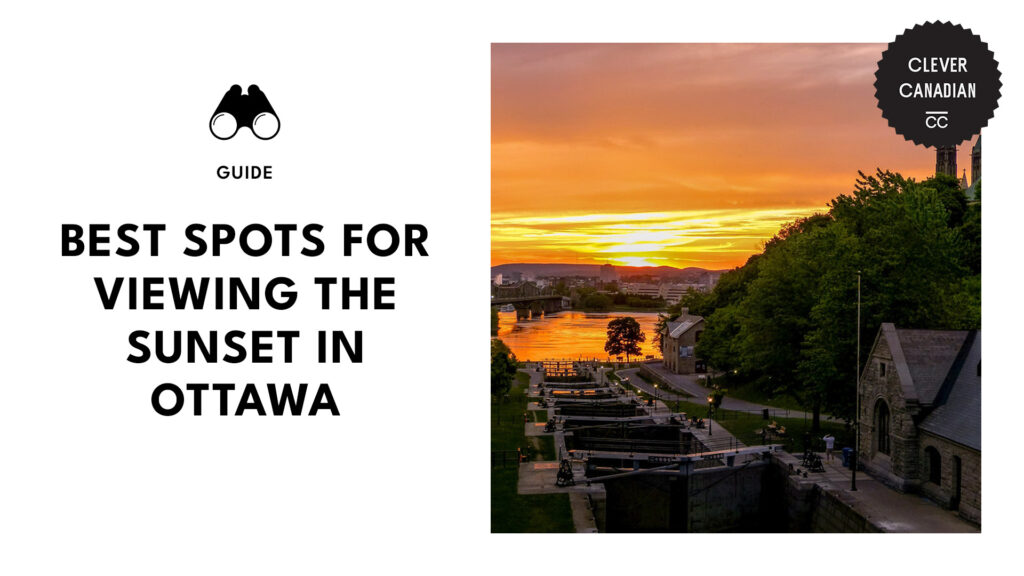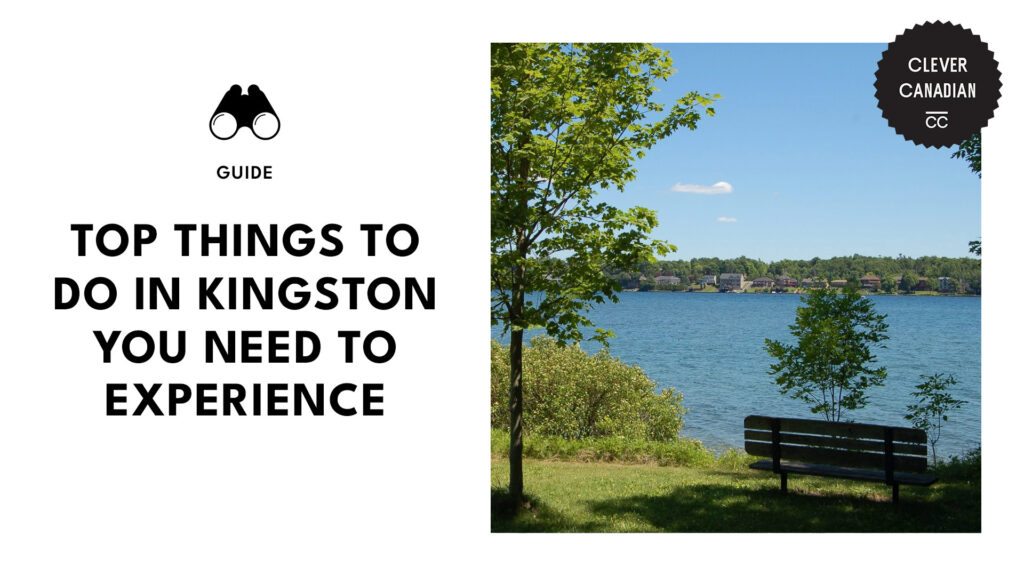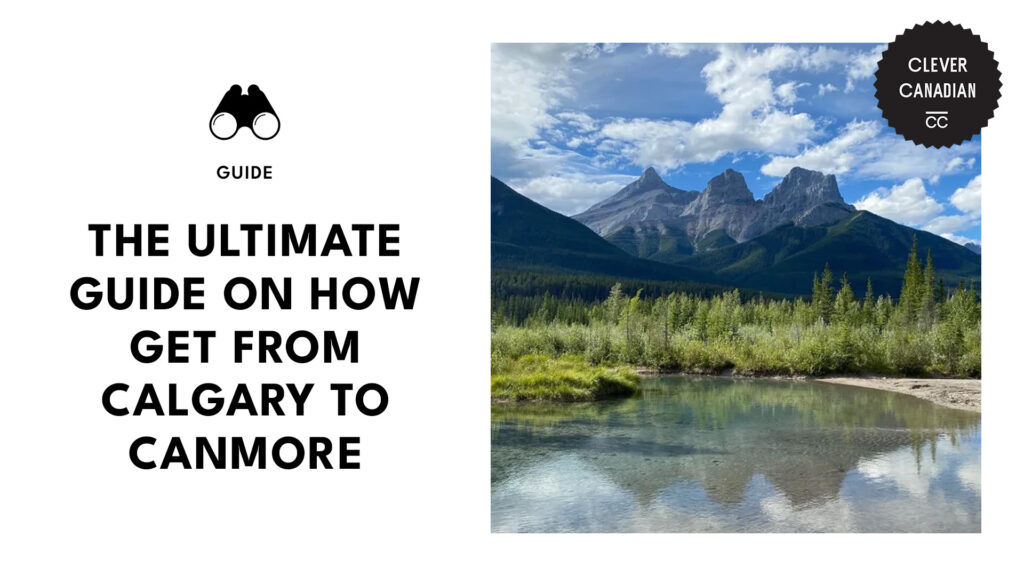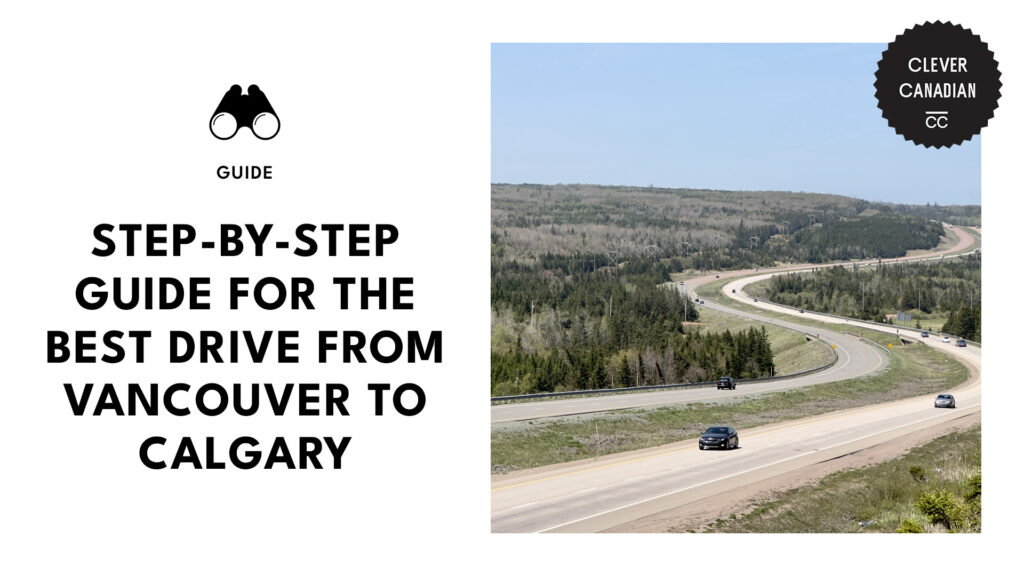Categories > Guides and Tips
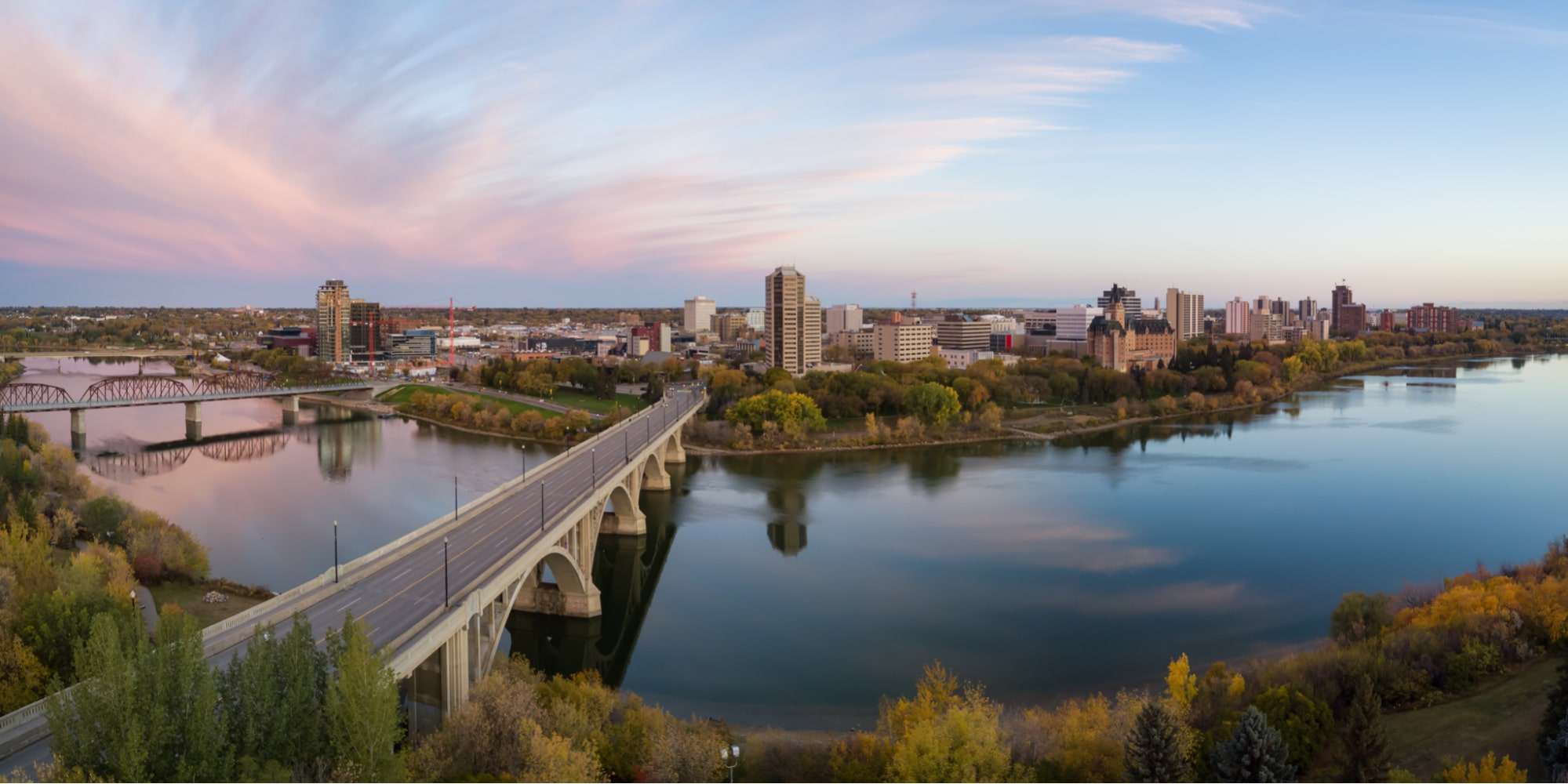
What’s Saskatchewan famous for?
- Saskatchewan: Canada’s Highest Wheat Producing Province
- Exploring Saskatchewan: Famous Destinations and Attractions
- Athabasca Sand Dunes
- Land of Purple Beaches
- Prince Albert National Park
- Qu'Appelle Valley
- Fort Walsh National Historic Site
- Cypress Hills & Grasslands National Park
- Moose Jaw
- Saskatoon
- Wanuskewin Heritage Centre
- Blue Mountain Adventure Park
- The Quality of Life in Saskatchewan
- 5 Interesting Facts about Saskatchewan
- Saskatchewan has a very flat topography.
- It offers splendid sky views.
- It has a beautiful official flag.
- It has plenty of long roads.
- It is home to a 67 million-year-old dinosaur.
- FAQs about Saskatchewan
Saskatchewan is famous for its agriculture and flat prairie landscapes. Known as a top province for agri-food exports, it is a leading exporter of lentils and dry peas and supplies more than one-third of the world’s durum wheat.
As the “Land of the Living Skies,” it has stunning natural sights. With its flat topography, Saskatchewan offers magnificent views of blue skies, sunsets, and northern lights.
The friendliness of its residents is something for which Saskatchewan is known. Read on to discover more about this prairie province as we explore why it is one of the most popular places in Canada.
Saskatchewan: Canada’s Highest Wheat Producing Province

Due to the vast amount of wheat produced and exported worldwide, Saskatchewan was referred to as the “Breadbasket of the World.” Customers still rely on Canadian wheat because of its exceptional quality presently.
More than 40% of all the agriculture in Canada is found in Saskatchewan, which contains 18.6 million hectares of cultivated land. More than six million hectares of land in the province are set aside for feed crops and livestock.
Saskatchewan is where more than 45% of Canada’s wheat is harvested. According to reports, the province yearly exported seven million metric tonnes of unprocessed wheat.
- There is a huge opportunity to boost processing capabilities right at the source, including milling flour for bread and bakery goods.
- By wet processing, segregation, and drying, wheat flour can be further refined into purified starches and protein isolates (gluten).

In Saskatchewan’s agriculture sector, there are endless opportunities presented in the link above that will let you make a significant difference in a thriving business.
Without a doubt, Saskatchewan has a great capacity for production, and as the world’s population rises, the province’s significance as a source of food will indeed grow.
Furthermore, with their $16.9 billion total exported in agri-food products back in 2020, Saskatchewan has really built its pulse sector to be the largest in the world based on the reports from Saskatchewan’s Agriculture and Agri-Value.
The province is recognized worldwide for the quality of its crops, and the province is also the second largest cattle-producing province in Canada.
Exploring Saskatchewan: Famous Destinations and Attractions
When you travel, it is always intriguing to find out the best tourist destinations in one specific area. And if you will be in Saskatchewan, here are the most notable destinations that you have to visit and experience.
1. Athabasca Sand Dunes

The Athabasca Sand Dunes is the biggest active sand surface in Canada, stretching for almost 100 kilometers along the south side of Lake Athabasca. Scientists view the dunes as an evolutionary conundrum due to its stunning beauty and they could reach as high as 30 meters.
The park has been separated into three management zones to help preserve the delicate ecosystem. For each, specific rules apply to camping and visiting activities.
The guidelines are accessible by consulting the park administration and they can change if necessary. Fishing is permitted within the park, but collecting flora, trees, ventifacts, and artifacts is not permitted.
2. Land of Purple Beaches

A remote area of land known as “Purple Sands Beach,” is popular across Canada for its breathtaking geological formation. The color of the sand grains can range across a spectrum of chromatic tones, from lavender to magenta and occasionally even pink.
You can find this phenomenon in many other Canadian locations, such as the Prince Albert National Park, Candle Lake, Deschambault Lake, Hunter Bay, and Good Spirit Lake.
3. Prince Albert National Park

Prince Albert National Park, which is nestled in the center of Saskatchewan, is a showpiece for the astounding ecological diversity that can be found where prairie fescue grasslands meet the lakes and wetlands of the mixed wood boreal forest.
Areas of fescue and sedge meadows are hidden among the rolling hills of spruce, pine, aspen, and birch. As environmental issues and expanding society have harmed this ecosystem everywhere year after year, Prince Albert is now a precious preserve.
The well-known cabin of Grey Owl, a renowned early 1900s environmentalist, author, and public speaker, is also located in Prince Albert National Park together with the Waskesiu Main Beach, one of Saskatchewan’s top beaches.
4. Qu’Appelle Valley

One of southern Saskatchewan’s most striking features is the Qu’Appelle Valley. The stunning river and valley, which now span more than halfway across the province after being gouged by old glacial meltwaters centuries ago, stand in sharp contrast to the lowlands directly to the north and south.
The busiest area of the Qu’Appelle Valley is the series of the four Fishing Lakes, which include Pasqua, Echo, Mission, and Katepwa. It is a sanctuary to the historical Fort Qu’Appelle or the valley’s main settlement, cottage communities, provincial parks, and breathtaking views almost wherever you turn.
The valley has been home to First Nations people for centuries. They at first reaped the benefits of the plentiful fish in the lakes and rivers. In the valley coulees, deer and other animals were abundant while the trees offered cover from the wind and fuel for fires.
5. Fort Walsh National Historic Site

James Walsh supervised the establishment of Fort Walsh National Historic Site in 1875. It developed into one of the most significant posts in the West with the goal of stopping the illicit whisky traffic.
Throughout its existence, the fort engaged in negotiations with whisky merchants, indigenous groups, and the hundreds of Sioux warriors who fled to Canada following battles with American cavalry.
The fort was demolished and left in ruins after the construction of the railway and the Sioux people’s relocation to the United States. The Royal Canadian Mounted Police bought the property in 1942 and constructed a ranch there to raise horses.

The estate was transformed into a national historic site with an extensive rebuilding program after the RCMP relocated to Ontario. Fun activities at Fort Walsh includes trekking and biking along its wide trail network in addition to having the chance to witness the costumed re-enactments.
6. Cypress Hills & Grasslands National Park

The highest peak in Saskatchewan is located in Cypress Hills, a sizable region in the southwest of the state. Outstanding outdoor attractions may be found across the area, such as Grasslands National Park, which is close to the U.S. border, and an interprovincial park that spans the Alberta-Saskatchewan border.
The park is huge and presents a wonderful chance to get away to nature. Set up a campsite at the campground and look up at the incredible darkness and billions of stars of the night sky or go on a hike and explore the highlands alone.
Although the Drumheller region of Alberta has more well-known prehistoric ruins, the T.rex Discovery Centre in Saskatchewan’s Eastend is home to life-size skeleton reconstructions that are definitely worth seeing.
7. Moose Jaw

The fourth-largest city in Saskatchewan and the Métis’ ancestral home, Moose Jaw is known as the “friendly city” and can be found on Treaty 4 territory. Moose Jaw, which has 32,000 individuals, has a tiny-town vibe with big-city advantages.
Moose Jaw is distinctive for its celebration of heritage and history because of its old downtown and underpasses. The Tunnels of Moose Jaw, which date back to the time of the first Chinese immigrants, are the primary tourist attraction in the city.

Costumed tour guides replicate historical figures in this location today. The enormous moose sculpture Mac the Moose, which is positioned on the grounds of the city’s welcome center, is another notable addition.
8. Saskatoon

The city of Saskatoon is covertly gaining recognition thanks to the Cree word misâskwatômina, which is used to characterize the dark violet-colored berries that bloom in the region.
In addition to the Wanuskewin Heritage Park, which covers the history of the early inhabitants of the Prairies, the Ukrainian Museum of Canada also features the lifestyle of European settlers.

The Saskatoon Forestry Farm Park & Zoo is another great attraction for families on vacation. It is well-known for its lovely grounds in addition to its collection of creatures. The brand-new Remai Modern Museum, which is already well-known for its collection of Picasso artwork, is open to the public.
9. Wanuskewin Heritage Centre

Wanuskewin Heritage Park is a proposed UNESCO World Heritage Site as well as a National Historic Site. Each of the Northern Plains’ tribes have gathered in this region for trading, hunting, and ceremonial purposes.
This tradition is still practiced today because Wanuskewin has been a destination for international gatherings for the last thirty years, drawing visitors from all over the world.
The extension of the Interpretive Center, exhibition areas, and meeting spaces marks the end of the renovations. The park now features a renovated café, an award-winning playground, hiking paths, and a variety of interpretive activities like guided hikes and cultural shows.
10. Blue Mountain Adventure Park

Approximately 1,280 acres of rolling hills are home to Blue Mountain Adventure Park, a year-round facility near North Battleford, Saskatchewan, where there is an abundance of fishing, wildlife, and recreational opportunities.
While taking one of the park’s numerous hiking routes—several of which double as cross-country ski tracks in the winter—you might encounter one of the many species of wildlife and plants that recognize the area as their habitat.
Hiking, mountain biking, kayaking, zip line, rock climbing, cross country skiing, snow shoeing, tobogganing, ice skating, horse-drawn sleigh or wagon rides, and other outdoor sports are all available at Blue Mountain.
In addition to these fun and exciting activities, the campground, which is only thirty minutes from Battleford, has lots of parking spaces, a chalet with a restaurant, a snack bar, and showers.
The Quality of Life in Saskatchewan
According to Canadian standards, the province of Saskatchewan provides a great quality of life at incredibly low prices. The primary draw for millions of immigrants to permanently relocate to this province is a higher level of living.
In Saskatchewan, a family’s annual income is on average $80,000. Basic medical healthcare services are provided without charge to Canadian citizens and permanent residents.
However, there are some dental and cosmetic surgery treatments that are not insured by the government-funded healthcare system.
Moreover, in comparison to other provinces, Saskatchewan has affordable housing costs. The province offers a few social initiatives so that a high level of life can be ensured all year long.
5 Interesting Facts about Saskatchewan
1. Saskatchewan has a very flat topography.
A thin layer of soil covers the historic gneiss and granite bedrock that makes up the Canadian Shield. This largely flat landscape is covered in extensive coniferous forests, as well as several rivers and lakes.
2. It offers splendid sky views.
The topography of Saskatchewan draws people’s attention to the sky. The shifting patterns of light and shadow on the clouds, which frequently produce breathtaking sunrises and sunsets, are just as much a feature of the landscape as any earthly feature.
3. It has a beautiful official flag.
The golden bottom part reflects the southern grain crops, and the green upper portion depicts the lush woods of northern Saskatchewan. The bloom is a protected species known as the western red lily, which serves as the province’s provincial flower.
4. It has plenty of long roads.
With 26,000 km of highways crisscrossing the length and breadth of the province, Saskatchewan has more roads than any other Canadian province. The overall length of the roadways is 160,000 km, which is long enough to go four times around the equator.
5. It is home to a 67 million-year-old dinosaur.
The 67 million-year-old Scotty It is 13 meters in length and more than 8 tons in weight. It is considered as the largest T-Rex.
It is one of the earliest and most complete remains of its kind ever found in the world. Currently, it is on display in Regina’s Royal Saskatchewan Museum.

